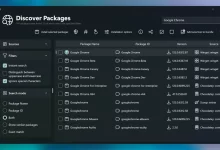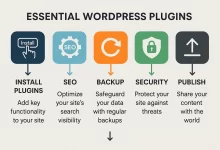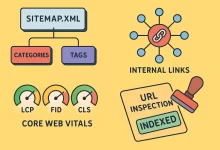FastAPI has become a favorite among Python developers for its speed, simplicity, and modern async support. But beyond the basics, there’s a powerful routing system under the hood—designed for building large, maintainable, production-grade APIs.
This guide dives into advanced routing strategies that can help you keep your code modular, secure, and ready to scale.
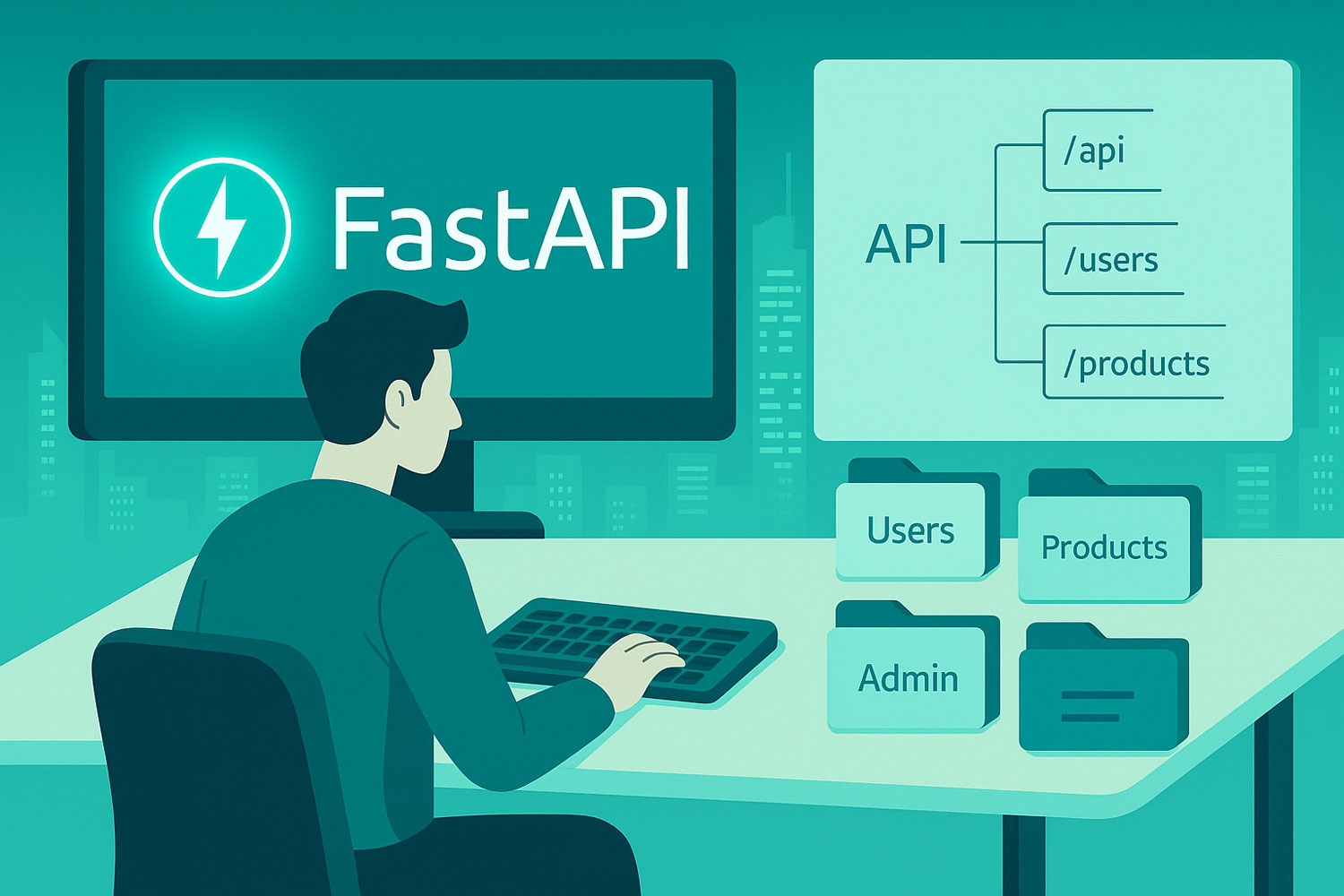
1. 📦 Modular Routing for Clean Architecture
Splitting your application into multiple routers helps keep your codebase organized. For example, you can separate users and products into their own modules and mount them under specific prefixes.
This promotes:
-
Better organization by domain
-
Router reuse across projects
-
Easier unit testing and maintenance
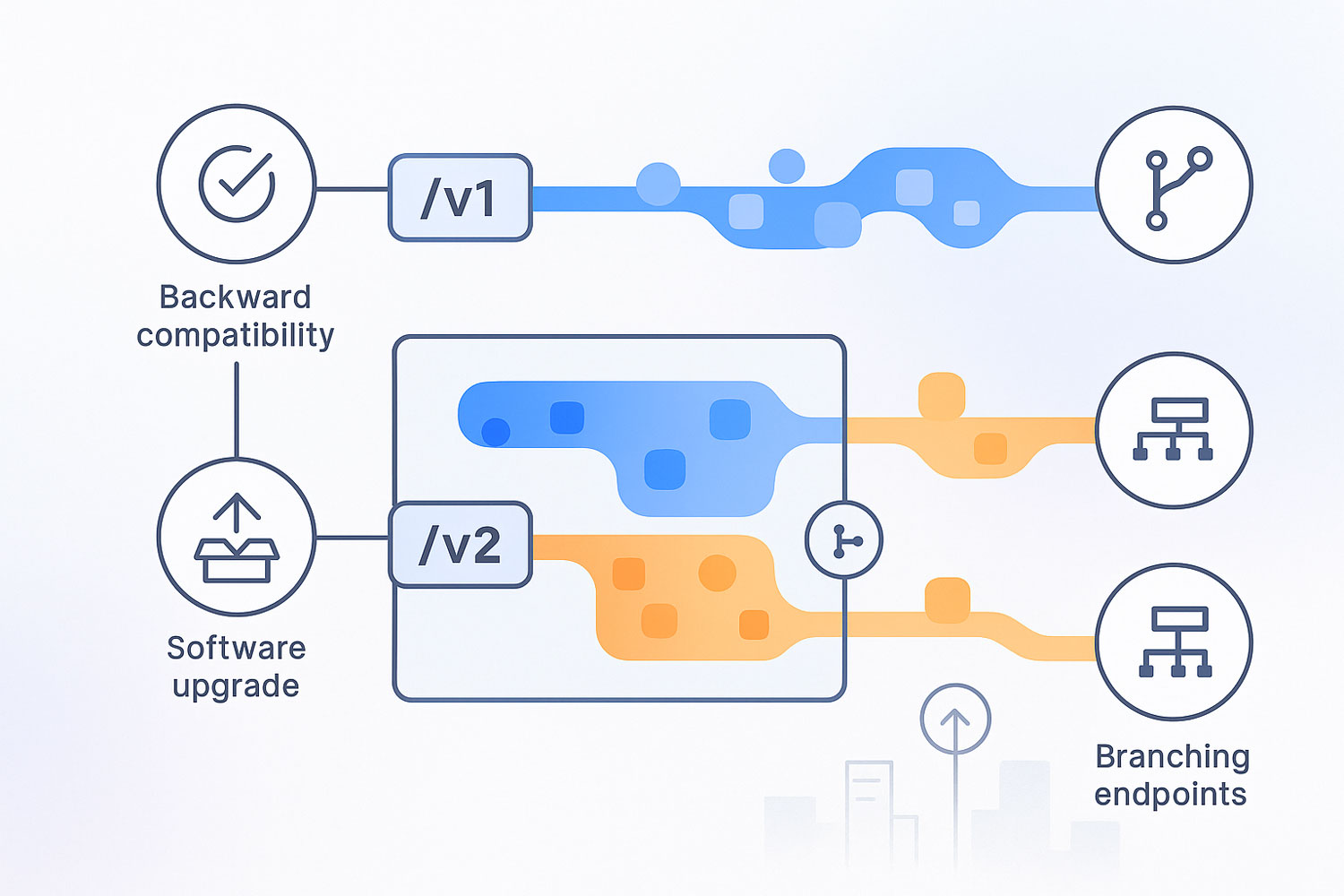
2. 🔀 API Versioning with Path Prefixes
Need to introduce breaking changes while keeping older clients supported? Prefix-based versioning is the simplest way:
This allows /v1/items and /v2/items to coexist, giving you flexibility to evolve without disruption.
3. 🧱 Centralized Dependency Injection
Avoid repetitive query parameters by injecting shared logic like pagination or authentication:
This keeps your code DRY and maintainable when your API scales.

4. 🔐 Role-Based Access Control (RBAC) via Dependencies
FastAPI’s dependency system is perfect for securing endpoints based on user roles:
Now only admins can access certain endpoints like /admin-dashboard. This pattern is critical for enterprise-grade applications.
5. 🧩 Middleware Scoped to Specific Routers
Want logging, caching, or rate limiting on just part of your app? FastAPI lets you apply middleware selectively:
This keeps performance optimized while maintaining visibility on critical routes like /users.
6. 🌲 Nested Routers for Hierarchical APIs
Nested routers allow expressive, RESTful paths such as:
By embedding sub-routers (e.g., orders inside users), you reflect real-world relationships and simplify endpoint management.
🧠 Final Thoughts
FastAPI’s routing system isn’t just about defining URLs—it’s a toolkit for organizing complex logic, enforcing security, and supporting long-term growth. By applying these advanced techniques—modularization, versioning, centralized dependencies, RBAC, selective middleware, and nested routers—you can design APIs that are clean, scalable, and production-ready.

 FoxDoo Technology
FoxDoo Technology